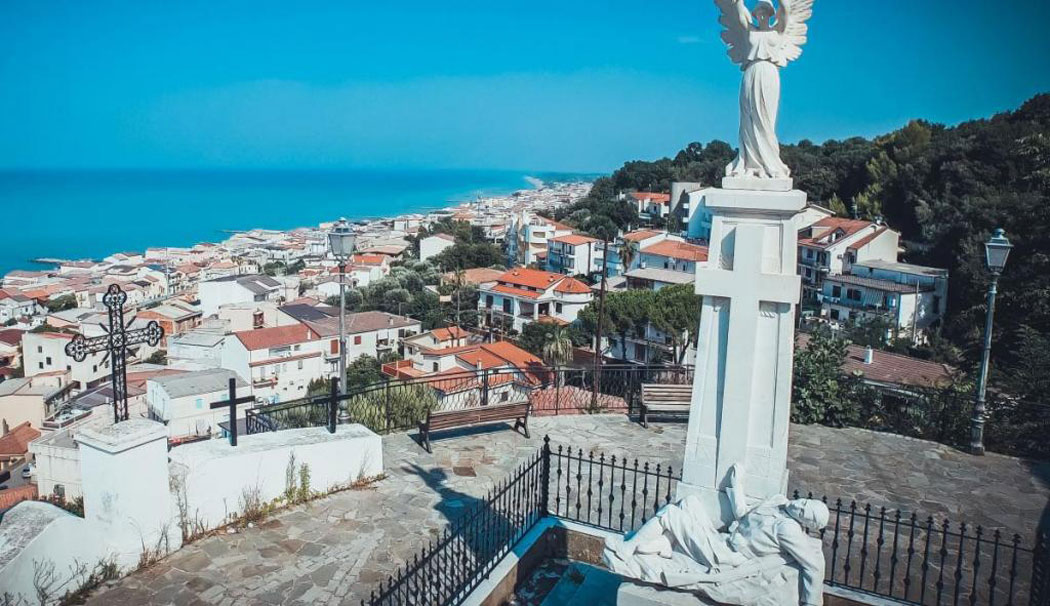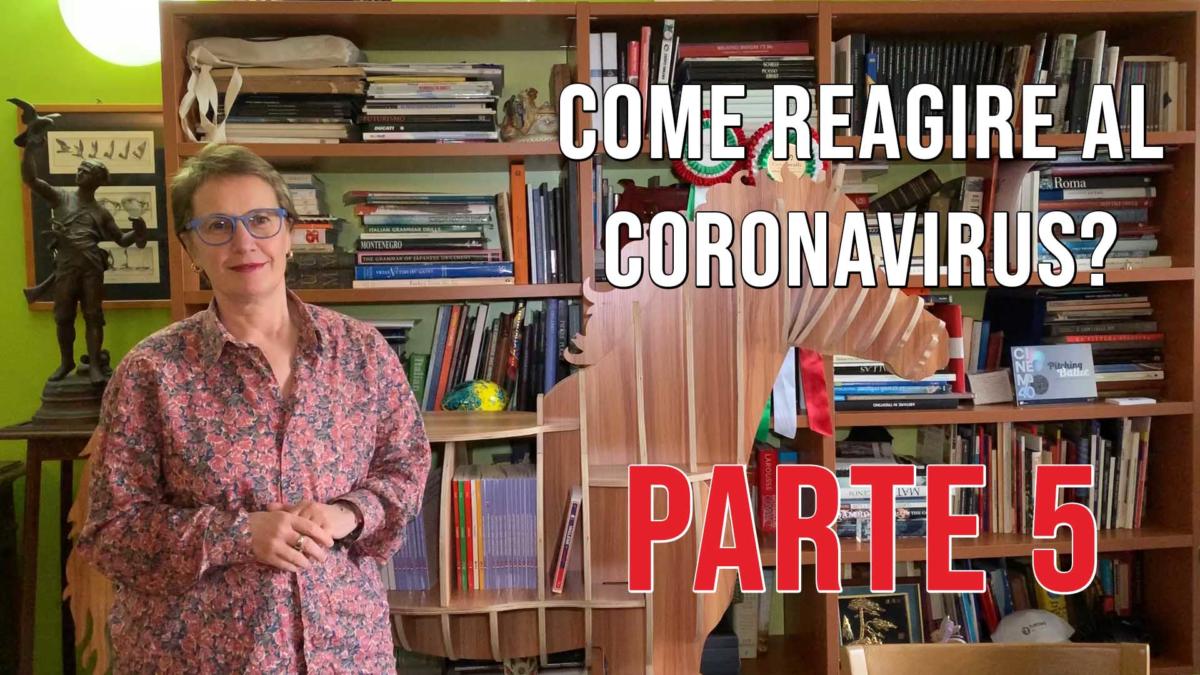

Already in the fourth century BC, Cariati was inhabited by the ancient people of the Brezi or Bruzi of which we have evidence in a necropolis and especially in the superb 'Tomb of the warrior Brezio' found only in 1978. The peasants had mistaken it for the burial of a German soldier and they had called the Carabinieri who later recognized one of the best archaeological discoveries. The armour and trousseau have been placed in the Sibartide museum.
The Bruzi were a proud and courageous people and its warriors were defined as 'brettii', or rebels, by the Lucanians.
Cariati had many names: the first settlement of Magna Grecia at the mouth of the Fiumenicà river was called Chone or Korion, 'inhabitant of the Greek Caries' in memory of the origin of the inhabitants of the city. Of note is a sculpture of Hercules which is now located in the Museum of Magna Grecia in Reggio Calabria.
The story changed with the arrival of the Romans who enlarged the town and called it Paternum.
With the fall of the Roman Empire, one of the first dioceses of the Catholic Church was immediately established by Bishop Menecrates. But due to the invasions from the sea, the population moved from the plain to a hill inside a fortress.
Indeed, one hypothesis on the etymology of the name 'Cariati' connects it precisely to the attacks of the Saracens and to the fact that the population had been forced to move upstream by transporting its goods on the wagons, from which 'Carriati'.
During the Byzantine period, Cariati was part of a Universitas that managed to control the social structure of the town. In this period the Basilian monks arrived from Byzantium and spread the Orthodox rite bringing with them the cult of some saints.
Note that the father of Pope John XVI was born in Cariati and this is an indication of a certain prestige of the town in the early Middle Ages.
Then came the Normans with Roberto il Guiscardo, who in 1059 took the city, declared it to be a county and effectively started feudalism.
With the Normans, the Catholic Church sought agreements to promote the Latin cult and to abandon the Orthodox one that was dependent on the Patriarch of Byzantium but also very rooted in the population.
After the Normans came the Angevins and the first families of which we know date back to the thirteenth century with Matteo Cariati then in 1305 with Gentile di San Giorgio, general of the Angevin kings, and then the Ruffo Montalto family.
And it was the last descendant of this family, Covella Ruffo, who brought a bishopric to Cariati granted by Pope Eugene IV in 1437. Covella was a woman with a strong character, related to the royals of Naples, and as a cousin of Queen Giovanna II of Anjou Durazzo, did not hesitate to exercise all her influence to increase her power.
During the Ruffo period, the castle of Cariati was strengthened, the walls were completed and other churches and monasteries were built. You can still admire about a kilometre of the ancient walls with eight guard towers.
In 1479 the castle was assigned to the Riario di Imola family, then passed to the Sanseverino, Coppola and others until 1505, when the feud was assigned to the family of the Spinelli princes who kept it until the end of feudalism.
Pirate raids continued to rage around the sixteenth century, such as that of the pirate Khayr al-Din, known as Barbarossa, in 1544, who deported part of the population to prisons in Algeria, including Bishop Giovanni Carnuto. Another terrible incursion was that of 1595 by Sinam Pascià Cigala.
A legend tells of a certain girl named Laura kidnapped and brought to the Sultan in Istanbul where she learned the art of weaving. When the sultan died, she was allowed to return to Cariati and brought the Turkish weaving technique with her. Cariati has been an important centre for silk production and weaving for many years.
The diocese has always played a very important role in the economic and social life of Cariati, above all for the presence of the seminary, the training school of the church, which brought thinkers and young boys to the church. The bishop's palace, built in the seventeenth century by Bishop Gonzaga, and the seminary can still be admired in the centre of the village.
In 1799 a group of Cariatesi took part together with Cardinal Fabrizio Ruffo in the revolts of the Neapolitan Republic led by French troops after the French Revolution.
The terrible earthquake of 1783 had damaged many buildings including the cathedral which was later rebuilt in the nineteenth century.
The character of the Calabrians of Carati is shown in an episode after the second world war: the revolt of the farmers and olive pickers who were forced to work long shifts due to the lack of a means of telling the time. Following the dispute in the town, a siren was installed that marked the working hours in the fields. Both after the unification of Italy and after the war many left the town emigrating to America, Canada and Australia.
Today all these 'children' continue to maintain a lively relationship with the town of origin thanks to holidays and social networks. Now, Cariati is an important tourist centre on the Ionian coast and is appreciated for the excellent quality of food and wine.








Follow us